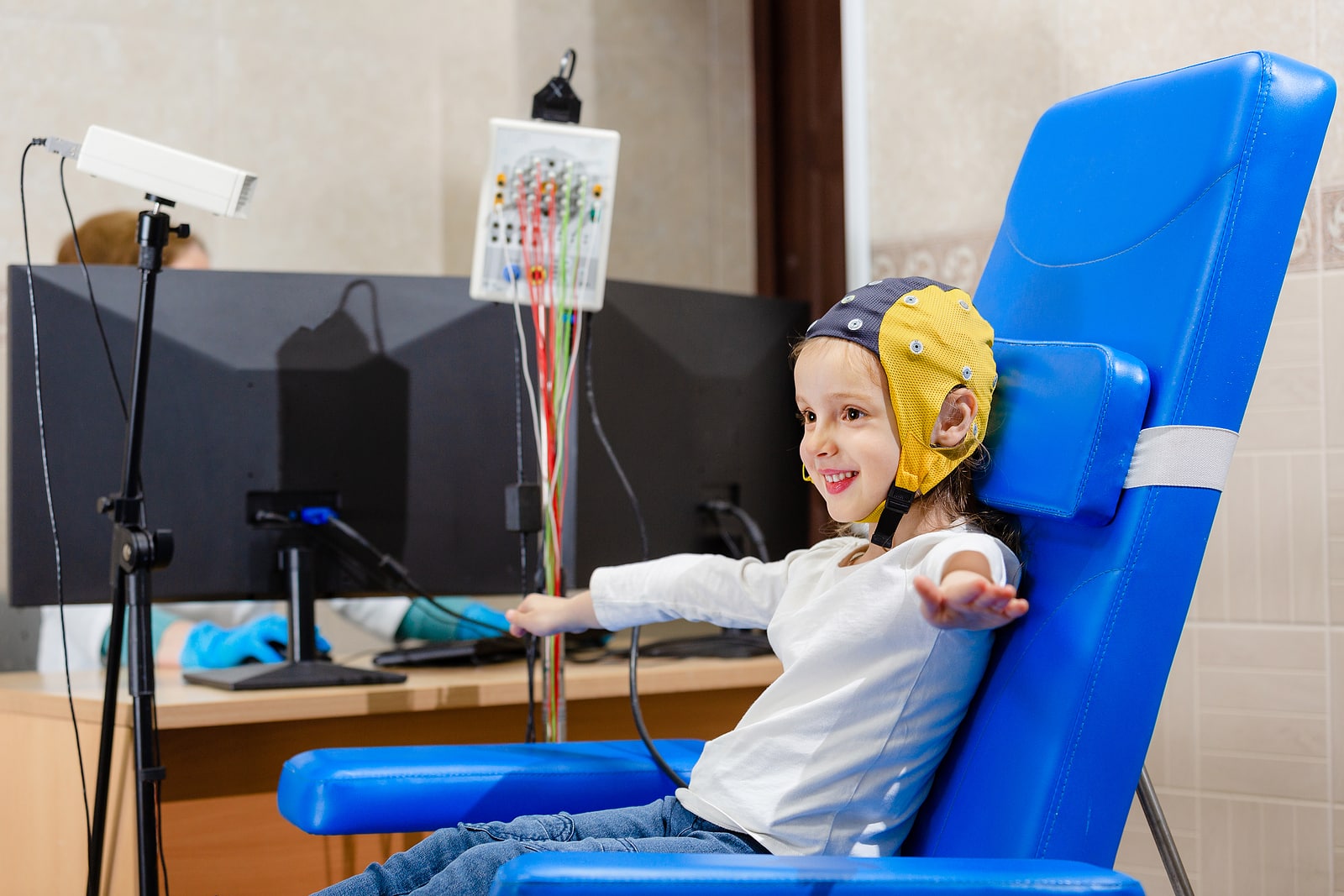
qEEG involves positioning small sensors on the scalp to record brain oscillations. These cerebral oscillations are then analyzed to identify patterns that may suggest sleep conditions, including sleep apnea. By analyzing these trends, medical providers can obtain a more precise picture of how sleep apnea disrupts normal brain function during sleep. This information can be crucial for formulating efficient therapeutic strategies tailored to individual patients. Comprehending the connection between qEEG and sleep apnea can lead to improved diagnostic methods and superior results for those impacted by this disorder.
Studies has shown that individuals with sleep apnea often exhibit distinct alterations in their brain oscillation trends. For instance, during instances of apnea, the cerebrum may exhibit heightened function in certain areas while other areas become less active. These changes can affect how effectively a individual slumbers and how refreshed they perceive upon awakening. By employing qEEG to track these cerebral oscillation trends, physicians can identify specific characteristics of sleep apnea in patients, which can click here for more info help in making a more accurate diagnosis. This is especially important because sleep apnea can sometimes be mistaken for other sleep disorders, resulting to misguided therapies.
In furthermore to enhancing identification, qEEG can also serve a part in evaluating the effectiveness of therapies for sleep apnea. For example, after a client starts employing a constant beneficial airway force (CPAP) device, which assists maintain the passage open during sleep, qEEG can be used to assess changes in brain activity. If the brain exhibits enhanced trends of slumber after initiating treatment, it may suggest that the treatment is functioning well. This response can assist doctors make necessary modifications to treatment plans, guaranteeing that clients obtain the optimal treatment feasible.
In summary, the relationship between qEEG and sleep apnea patterns is an exciting area of research that holds promise for improving identification and treatment. By comprehending how sleep apnea impacts cerebral activity, medical providers can develop more effective strategies to help clients achieve better slumber and enhance their general health. As studies progresses to advance, it is likely that qEEG will become an essential tool in the battle against sleep apnea, resulting to superior results for those who suffer from this challenging condition.